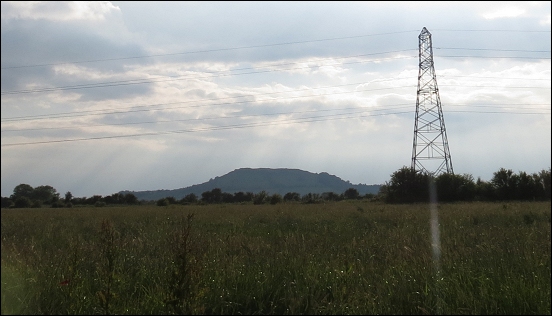Plans for more than 140 pylons connecting Hinkley Point to Avonmouth have been accepted for examination by the government this week.
National Grid has applied to install the overhead line which would carry electricity from the proposed new Hinkley Point C nuclear power station, near Burnham-On-Sea.
The Planning Inspectorate has announced it will hold a six-month inquiry, during which local people can comment. It will then make a recommendation to the Secretary of State.
From 12th July, any members of the public who want to be involved with the planning process can register their interest with the Planning Inspectorate. This can be done by filling in the ‘Registration and Relevant Representation Form’ on the Planning Inspectorate’s online project page here. The deadline for registration is 26th August.
If the scheme is approved, the new pylons will be built along a route stretching 34 miles, including close to the villages of Mark, East Huntspill and Rooksbridge.
Sir Michael Pitt, the Planning Inspectorate’s chief executive, said the application “met the required tests” and the decision was made after “careful consideration”.
“The applicant must now decide when to publicise the fact that its application has been accepted to proceed to examination and announce when members of the public will be able to register with the Planning Inspectorate as an interested party in the application,” he added.
National Grid Senior Project Manager Peter Bryant said: “We are pleased that the Planning Inspectorate has accepted our application for examination. It is the culmination of five years extensive consultation and we believe strikes the right balance between the opinions of local people and the many factors we have to consider.”
“This connection will carry the power from the new Hinkley Point nuclear power station and other proposed generation in the South West. It will play an important role in making sure the country has the reliable and safe electricity supply we have all come to expect.”
Local campaign groups opposed to the pylons say the entire route should run underground or sub-sea – but National Grid has previously claimed that this option would be too expensive.







